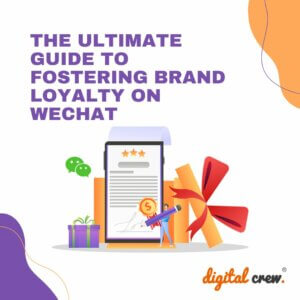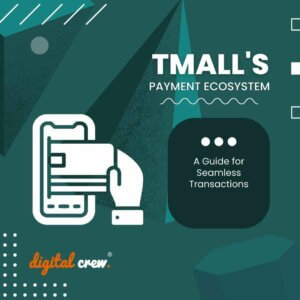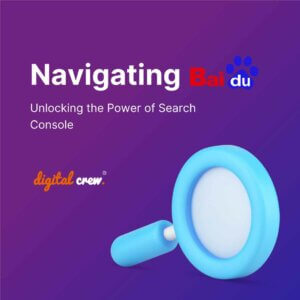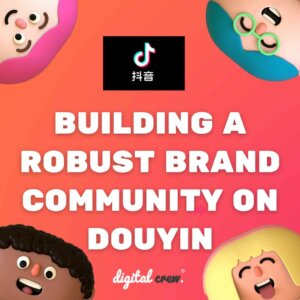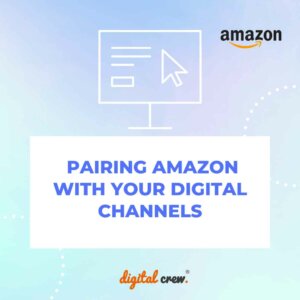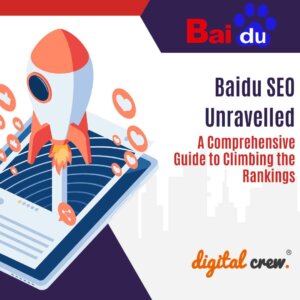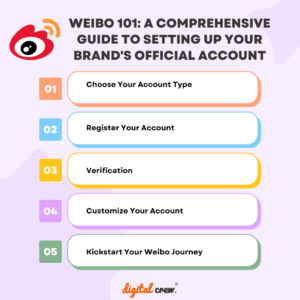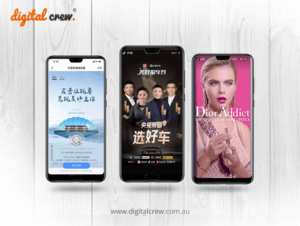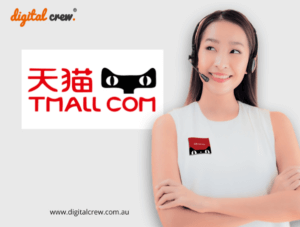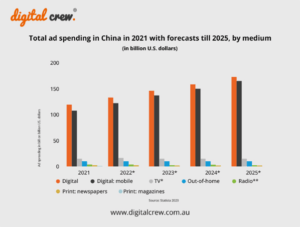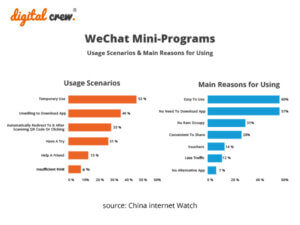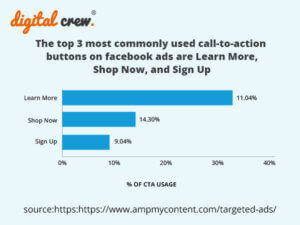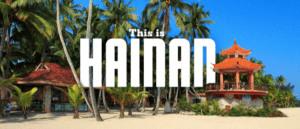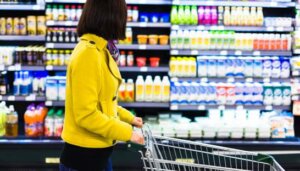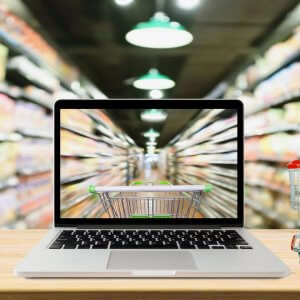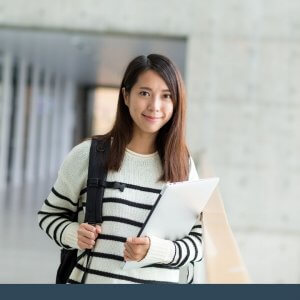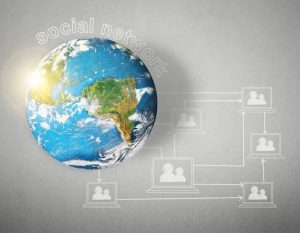Xiaohongshu, popularly known as “Little Red Book” or “RED,” is one of China’s most popular and rapidly developing social e-commerce platforms. It is a sharing platform for young people deep-rooted in a UGC shopping/sharing community. It intends to assist users in discovering and purchasing things, as well as sharing suggestions and providing useful advice & tips. Xiaohongshu is frequently used to research products and find in-depth evaluations and tutorials made by other users.
Consider Xiaohongshu to be a cross between Instagram and Pinterest. You can save posts you like, communicate with other users and their content; produce your own, connect with brand sites, and so on. However, with Xiaohongshu, you get in-app purchases, a better sense of community, and longer, more extensive blog-post-style content.
A Quick Glance
- Established in 2013
- Received US $300 million in Series D investment round headed by Alibaba in May 2018
- 150 million users, 30 million monthly active users
- Ranked No. 1 Cross Border Shopping App
- One of the few platforms jointly invested by Tencent and Alibaba
- Successfully developed and built up their signature Xiaohongshu style content
- Successful integration of social media, e-commerce, and branding
The Target Audience
Little Red Book caters to a specific demographic: young female shoppers. It has a monthly active user base of 100 million people (MAUs). However, it isn’t the most popular Chinese app: WeChat has 1.2 billion monthly active users. Ninety percent of the users are female, and 46 percent are under the age of 24. Little Red Book users are mostly from tier 1 and tier 2 cities and are usually well off.
Content
Little Red Book’s content focuses heavily on premium position brands, and features well-known international companies. They typically enjoy a higher engagement rate on this platform. Little Red Book has a strong resemblance to Instagram, with 3 to 6 photos and text captions ranging from 20 to 200 characters. Little Red Book’s content is mainly persona-based, with a lot of emojis. Algorithms are used to distribute content. Users can interact with this content by liking, bookmarking, sharing, sending private messages, and leaving comments.
Limitations
Little Red Book is a considerably smaller social media platform compared to WeChat and Douyin. The user demography is likewise heavily skewed toward women and residents of top-tier cities.
Skincare, cosmetics, and fashion are the most popular and prominent industries promoted on Little Red Book. Do your research to make sure that the Little Red Book is a suitable marketing channel for your business.
Another shortcoming of the Little Red Book is the near impossibility of tracking sales conversion statistics. Any third-party links are blocked, and any mention of other apps (like WeChat or Tmall) is banned. Brands will have to come up with new techniques to guide traffic to the appropriate sales channel.










